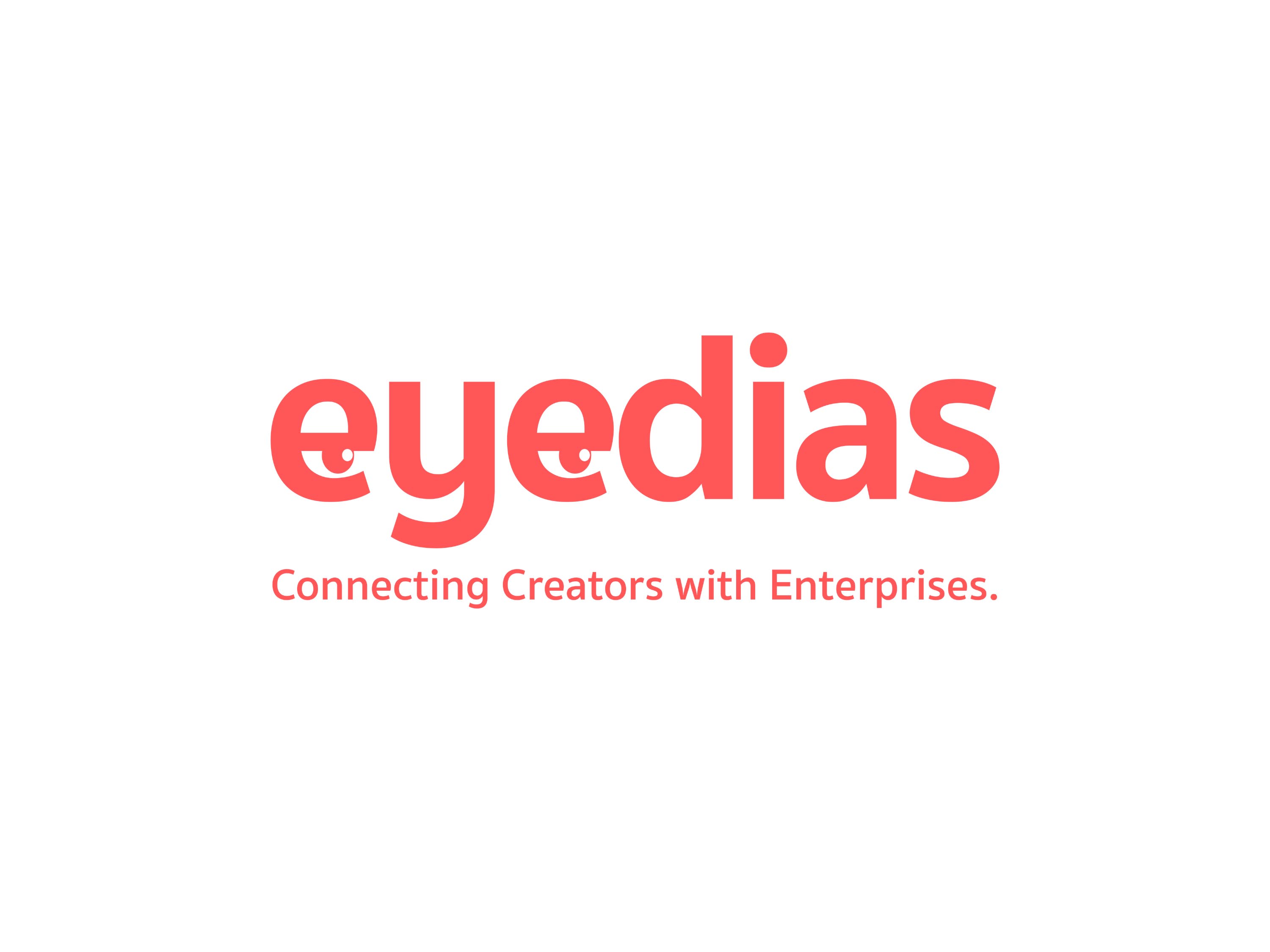Industry Talk - Free Talk
Why co-creation has become essential for brands targeting Gen Z
by Ahmed Abd El-Moneim, Eyedias
November 18, 2024
.jpg) Advertisement
AdvertisementThe landscape of marketing is undergoing a significant transformation, and Gen Z is leading the change. With a unique blend of tech-savvy perspectives, creativity, and a desire for authentic connections, this generation is influencing brands and reshaping marketing strategies worldwide.
Their passion for innovation, collaboration, and active participation has made co-creation more than a trend; it’s a strategic movement that’s redefining how brands connect with their audiences. Gen Z’s influence is especially impactful in the MENA region, where rapid digital adoption is fostering a new era of open innovation.
With Gen Z’s spending power on a meteoric rise and projected to surpass that of millennials by 2031, brands aiming for success must embrace co-creation.
Here, we’ll explore how Gen Z’s collaborative spirit and creativity are driving crowdsourcing and open-innovation, and why co-creation has become essential for brands targeting this dynamic generation.
Why Gen Z Matters in Marketing Today
Gen Z, born roughly between 1997 and 2012, is the largest, most diverse, and most geographically untethered generation in history. Now making up over 40% of global consumers, Gen Z holds earnings of around $7 trillion and is on track to claim even more influence. This generation’s unique values and digital fluency have made them the most connected generation, empowering them with unprecedented purchasing power.
Key Traits of Gen Z Shaping Marketing Trends
- Digitally Native: Gen Z grew up with the internet, smartphones, and social media. They understand digital channels intuitively and use them extensively.
- Value-Driven: This generation values authenticity, inclusivity, and transparency in brands. They prefer brands that align with their principles and reject those that don’t.
- Creatively Inclined: With more than half believing they are more creative than previous generations, Gen Z values creativity and often seeks opportunities to express it.
- Community-Oriented: Gen Z seeks community and connection in both personal and professional life, influencing their brand interactions.
What is Co-creation, and Why Does Gen Z Love It?
Co-creation is a collaborative approach where brands invite their audience to participate in the creative process, product development, or strategic planning. Unlike traditional marketing, co-creation relies on crowdsourcing ideas and open-innovation. This approach creates a two-way interaction between brands and consumers, where Gen Z feels their input genuinely matters.
Why Co-creation Appeals to Gen Z
- Empowerment: Over 66% of Gen Zers value having their opinions recognized by brands, which fosters loyalty.
- Authentic Connections: Co-creation allows Gen Z to connect with brands on a personal level, fostering a sense of community and belonging.
- Creative Outlet: Gen Z views creativity as a core life attribute, not just a side pursuit. Co-creation offers a space to express this creativity.

The Rise of Co-creation in the MENA Region
In regions like MENA, where younger generations make up a significant portion of the population, co-creation is becoming a central strategy. Crowdsourcing and open innovation are especially popular here, offering local brands a unique opportunity to engage with Gen Z’s enthusiasm for collaboration. This is particularly true in Egypt, where 60% of the population is under 30, representing a vast pool of young people eager to showcase their creativity and forge direct connections with local brands.
The Benefits of Co-creation for Brands in MENA
- Localized Insights: Gen Z consumers in the MENA region offer unique insights, making products and marketing strategies more culturally relevant.
- Increased Engagement: Co-creation boosts engagement by allowing Gen Z to be active participants, increasing brand loyalty.
- Reduced Market Risk: By involving customers early in the process, brands minimize the risk of launching products that fail to meet market needs.
Key Strategies for Brands Embracing Co-creation
To capture Gen Z’s attention, brands need strategies that prioritize co-creation, authenticity, and genuine collaboration.
1. Foster a Collaborative Community
Over 58% of Gen Z feels it’s essential to connect with other users on their favorite brand’s social media. Building a digital community that encourages feedback and interaction among fans will elevate a brand’s relationship with Gen Z consumers.
Examples of Community-Centered Co-creation
- Lululemon: Through social media challenges, Lululemon fosters a sense of community while co-creating products with its followers.
- Adidas Creator Network: Adidas’s global creator program collaborates with young influencers to design and promote limited-edition collections, attracting a diverse Gen Z fan base.
2. Offer Compensation for Creativity
Gen Z is eager to contribute ideas, especially when brands recognize their efforts. With 92% of Gen Z interested in being compensated for their creative input, brands can gain more by offering fair incentives.
3. Embrace Transparent and Inclusive Processes
Transparency is vital for Gen Z, who value brands that are honest and straightforward. By showing behind-the-scenes insights and being open about their processes, brands can build credibility.
The Future of Marketing: How Co-creation is Changing Advertising
Gen Z’s affinity for co-creation has implications beyond individual brands, it’s reshaping the entire advertising industry. The traditional top-down marketing model is giving way to a more participative approach where consumers help shape brand narratives, moving from ‘built in’ to ‘built with’.
Why Gen Z’s Influence is Vital for Brands’ Long-term Success
By 2031, Gen Z’s income is expected to reach $33 trillion. Brands that ignore this demographic risk losing out on one of the largest and most influential consumer bases. Co-creation allows companies to stay relevant and resonate with younger generations.
Benefits of Co-creation for the Advertising Industry
- Higher Engagement Rates: Co-creation leads to higher engagement by making marketing content more relatable.
- Improved Brand Perception: Consumers feel valued and more loyal when they have a say in a brand’s direction.
- Lower Advertising Costs: User-generated content from co-creation efforts can reduce the need for expensive ad campaigns.
Practical Tips for Brands Looking to Co-create with Gen Z
For brands aiming to engage Gen Z, here are some actionable strategies:
1. Use Social Media Polls and Q&A Sessions
- Social media is where Gen Z spends most of their time, and brands can utilize polls, Q&As, and other interactive features to solicit feedback in real-time.
- Instagram Stories Polls: Brands can use this feature to ask followers about potential products or design elements.
- TikTok Challenges: Create challenges that encourage followers to share their creative input and ideas.
2. Host Virtual Focus Groups
- Invite a group of Gen Z users for an online brainstorming session to discuss new product concepts or marketing ideas.
- User-Driven Product Design: Brands can showcase mock-ups and gather feedback before launching the final product.
- Instant Feedback: Real-time feedback in virtual groups allows for quick adaptation and improvement.
3. Collaborate with Co-creation platforms like Eyedias
Partnering with established co-creation platforms like Eyedias can help brands harness Gen Z’s innovative energy and unique perspectives.
Eyedias enables businesses to tap into a diverse community of creators across the MENA region, where brands can host challenges, request feedback, and invite Gen Z participants to contribute directly to the development of new products, marketing strategies, or visual campaigns.
This approach allows brands to effectively connect with Gen Z through a structured, user-driven process that aligns with their need for engagement and active participation. Platforms like Eyedias also provide built-in tools to streamline the creative process, making it easier for brands to manage multiple ideas and filter for the best solutions that resonate with Gen Z audiences in real-time.
By collaborating with co-creation platforms, brands benefit from direct access to user-driven insights, creative solutions, and authentic content that can be used to enhance brand loyalty and relevance in today’s fast-evolving market.
Concluding Thoughts: The Power of Co-creation for a Gen Z-Driven Future
As brands look to the future, co-creation will continue to play a critical role in engaging Gen Z and driving sustainable growth. This generation’s desire for collaboration, creativity, and authentic connections is transforming marketing strategies and setting new standards for brand interaction. For companies aiming to stay relevant, adapting to these changes is not just an option; it’s essential.
By tapping into crowdsourcing, open-innovation, and creative partnerships, brands can embrace Gen Z’s innovative spirit. Brands that build spaces where ideas are welcomed, innovation is encouraged, and strategy adapts to feedback will stand out in an increasingly competitive market.
Source for insights: Ogilvy Consulting Gen Z Report.



.jpg)








